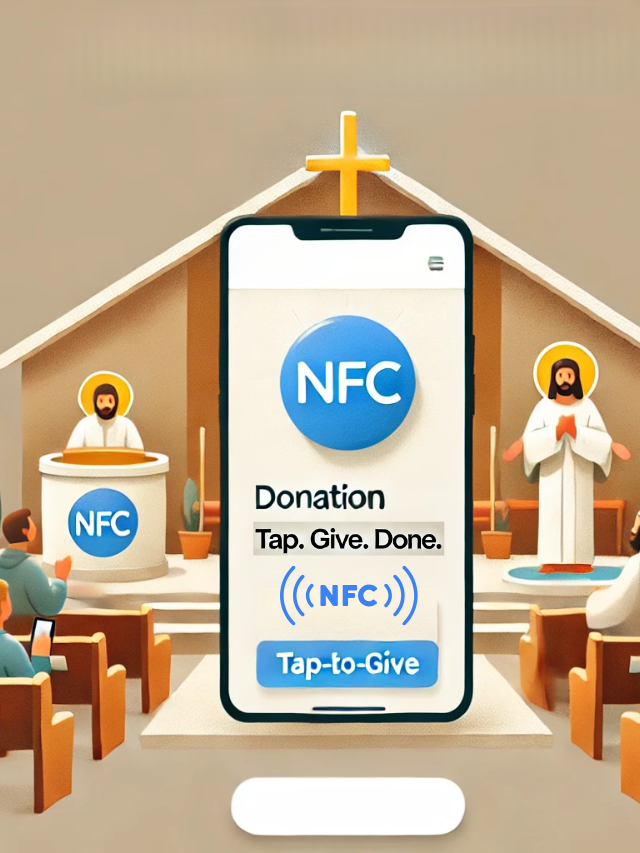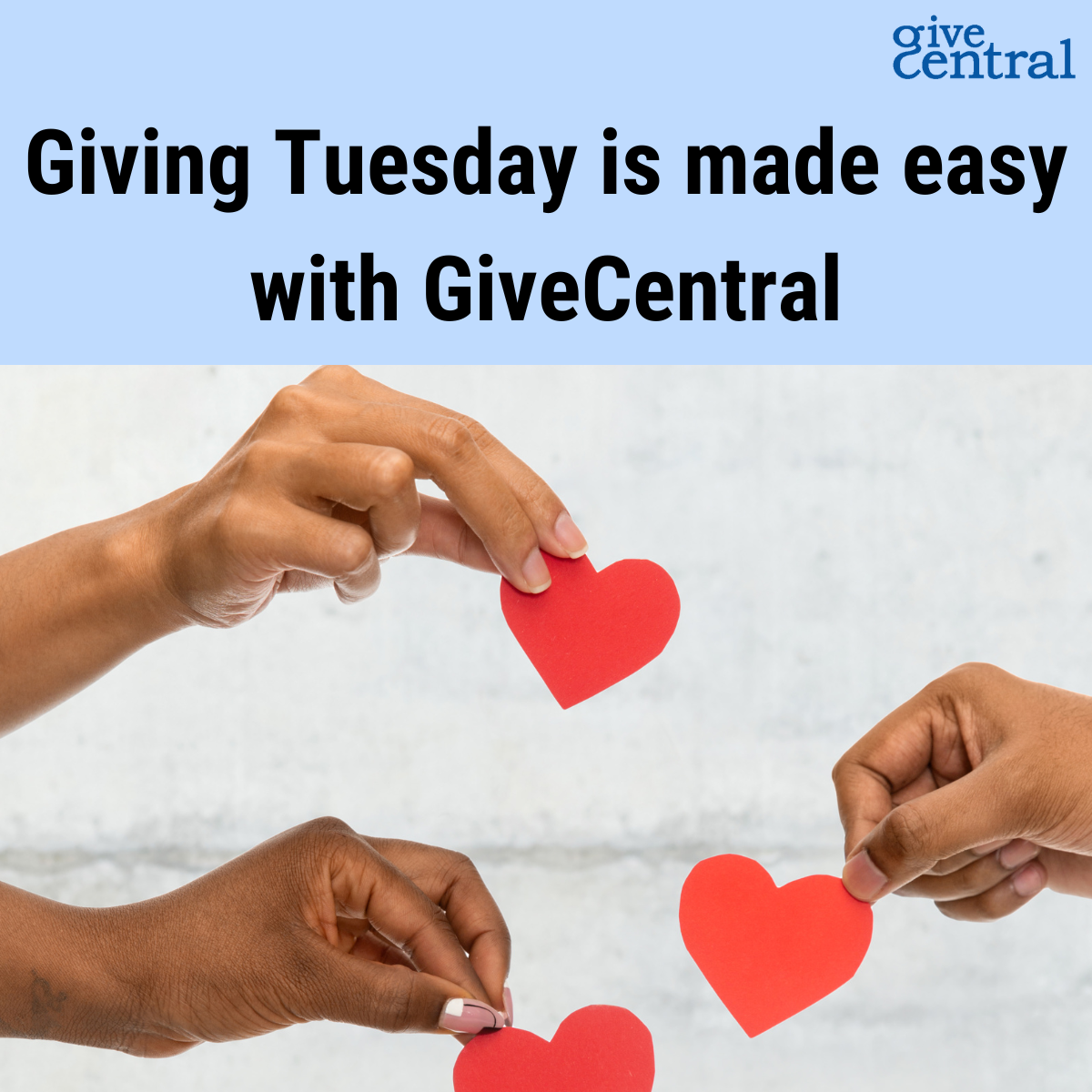With 2019 coming to a close, it’s time to reflect back as well as ponder the future of nonprofit fundraising for 2020. If we had to sum up the fundraising trends of this year in one word, it’d be technology.
Technology is and will remain one of the biggest catalysts of fundraising for 2020 as well. Over the years, the fundraising domain has seen the infusion of technology to a much greater extent. The penetration of artificial intelligence in fundraising is a clear indicator of the same. In 2020, technical integrations, better communication with donors, transparency, online giving, and donor-advised funds will be at the core.
Empowering every day giving through integrated solutions
The technology is continuously evolving. The upcoming times will only see more and more technological integrations allowing a smooth donation cycle – both for donors and nonprofits. GiveCentral is no behind. Keeping in mind the needs of nonprofits, we have brought appreciable technical alterations. One such is GiveCentral-Salesforce integration. The integration has made it possible for nonprofits to infuse a powerful donation payment gateway, GiveCenral with Salesforce – the world’s number 1 Customer Relationship Management (CRM).
The concept of point-to-point interaction
Part of the donation cycle and nonprofit chore include interacting and communicating with your donors. Nothing new with the concept yet down the line the concept has changed drastically. Sending out blast messages and emails is a thing of the past. What will do the trick is having a personal touch with each of your supporters. Slowly nonprofits have understood the importance of this and are transitioning to a much broader way of communication.
Increased demand for financial transparency
The recent times have seen may nonprofits and charities crop up. This significant boom in the nonprofit realm has lead to fake ones mushrooming and denting up the image of the nonprofit domain. This has called for greater financial transparency. What has become more important than ever is showcasing the impact of your cause to your donors, supporters and even your volunteers.
Do not limit thank-you as an immediate response to a donation. While that may seem to be sufficient, you may take the step ahead and again pitch in a thank-you, but this time along with your accomplishments. Tell them the story and the impact of the campaign they have donated for. For greater visibility, give them a picture of the outcome that is more easily quantifiable. Remember that the more the level of transparency, the more trust you build.
Online giving is still going to dominate
The Internet is becoming a pivotal part of our everyday lives. Raising funds and charity is no exception to that rule. As Baby Boomer and Generation X is aging, Millennials and Generation Z will soon make up the majority of donors. Looking into the giving trends of Millennials and Generation Z, online giving is only going to soar. The Blackbaud Charitable Report – 2018 is a clear indicator of the trend. As compared to 2017, the year 2018 showed a growth of 1.2%. The report also showed that giving through online platforms has grown 17% since 2016. With these data, We cannot stress enough on the fact that online giving is on the rise.
Donor-Advised Funds (DAFs)
The Donor-Advised Funds, in recent years, is on the increase. For people who donate and take part in charity, DAFs allow them for tax benefits. With the tax reforms act of 1969, DAFs came into existence that allows donors to minimize their tax liabilities for donating. As a result of this, there is a continued rise in the number of donors who contribute towards a social cause.
The way ahead!
The future success of your nonprofit fundraising shall depend on one of the above trends. This is just the beginning and we shall be bringing you more articles, news, and trends for the upcoming year so that you keep yourself updated. Together we will make your 2020 fundraising journey a success.
Artificial Intelligence fundraising trends GiveCentral Salesforce Sync nonprofit fundraising online giving
Last modified: March 1, 2025






















